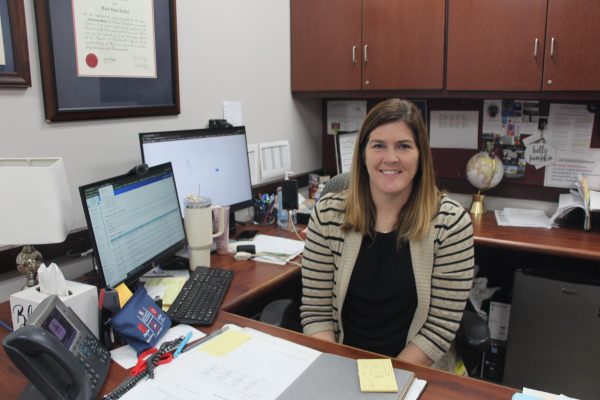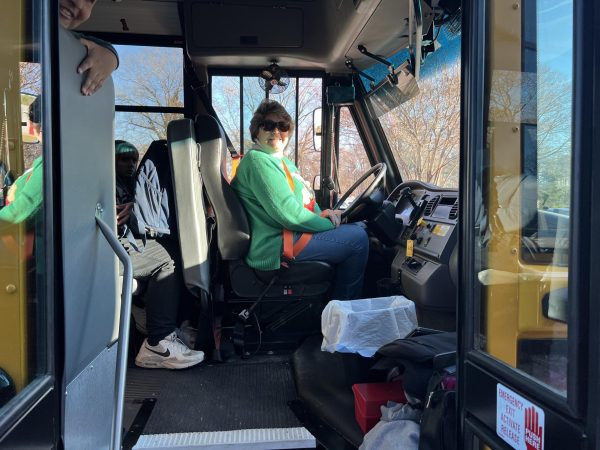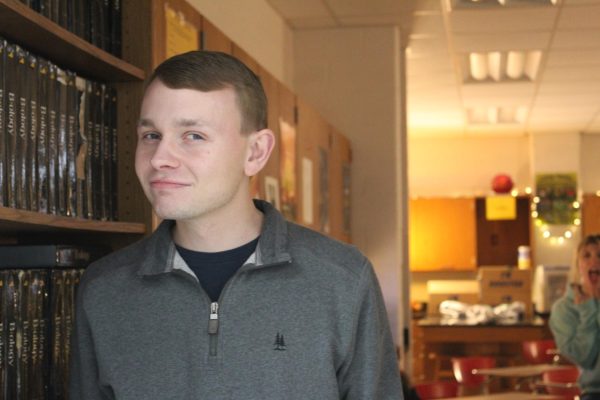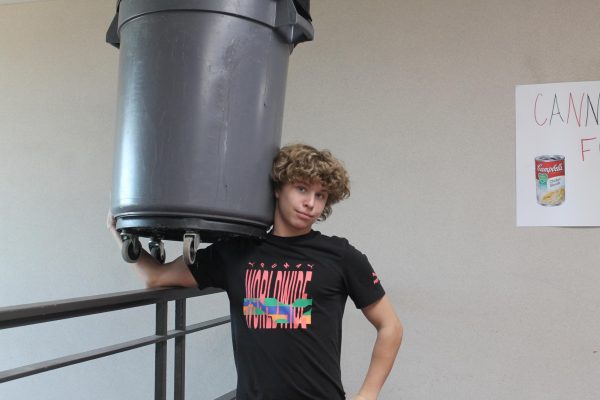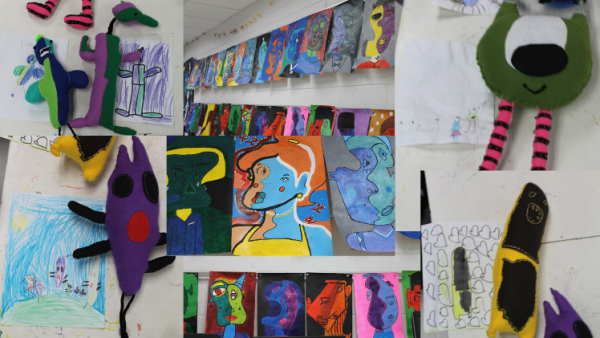PGSMST seniors: paying off hard work with SRPs
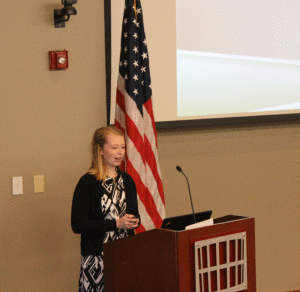
Students who attend the Piedmont Governor’s School for Mathematics, Science and Technology (PGSMST) normally attend it their junior and senior years of high school. PGSMST students are required to complete a research project their senior year, which is known as the Senior Research Project (SRP). These students are allowed to choose their own topic to research. Subjects that students can study range from plants, animals and people, among others.
The students, after the project is carried out and completed, must make a PowerPoint presentation and present the product of all their hard work in an auditorium in front of peers, parents, guests and even researchers.
Senior Kory Davis’s research topic studied the effect of gamma radiation on radish growth and development. “It was more difficult than I anticipated, it was tedious, and it took up a lot of time,” said Davis.
He chose this topic because he found it on the Internet. “I was unsure of what to do. My initial topic got shot down.” This topic was thought to be too dangerous because it included the use of rocket fuel.
At the end of his experiment, Davis’s findings did not support his hypothesis. In the research he did prior to carrying out his experiment, previous researchers found that certain amounts of gamma radiation actually aided in plant growth. Davis’s findings actually showed that it was more harmful than helpful, with most of the plants that grew being the ones that were in the control group without any radiation.
Senior Hannah Ricketts studied the effects of seed storage temperature on the growth of the plant. She chose this topic because of an internship she had in working with plants at a branch of the Institute for Advanced Learning and Research, the Institute for Sustainable and Renewable Resources. There, she interned with Dr. Zhang, who helped her decide on her topic. However, a problem arised in the process of carrying out this experiment. “My dogs ate my seeds. I left them on the kitchen table, and I came home to find my sample size cut in half. I had 80 seeds before, and then I had 40.”
In addition to Ricketts’ dogs interfering with her project, on her first run, the majority of her seeds didn’t grow. At the end of the experiment, a lot of her plants didn’t grow. However, she had enough plants grow to be able to finish out her research, and for it to be statistically reliable.
Senior Jessica Hinton studied how different fertilizers affect soybean growth during drought. “It wasn’t [hard] once you start doing it. You do research before so you know what you’re doing and what you’re talking about. It all falls into place,” said Hinton. Hinton was a little nervous before she presented. “It takes about ten minutes. I’m excited to get it over with.”
Carrying out the experiment and conducting research prior to doing the experiment leads to having to present the information found. For some, this task is very daunting.
“I thought I was going to throw up. I actually had nightmares both nights the two days before I was going to present,” said Ricketts.
Davis was also very nervous. “It was the most nervous I’ve ever been. If I could do it again, I would blow it out the water.”
No matter what, all seniors attending PGSMST carry out an SRP that lasts year-round, between doing the experiment, researching and preparing for their final presentation, along with all the stress that goes along with being a student.
Your donation will support the student journalists of Tunstall High School. Your contribution will allow us to purchase equipment and cover our annual website hosting costs.
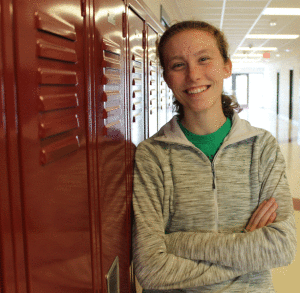
Megan Holland is a junior at Tunstall High School, and this is her third year on the Trojan Messenger staff. She also attends the Piedmont Governor's School...




